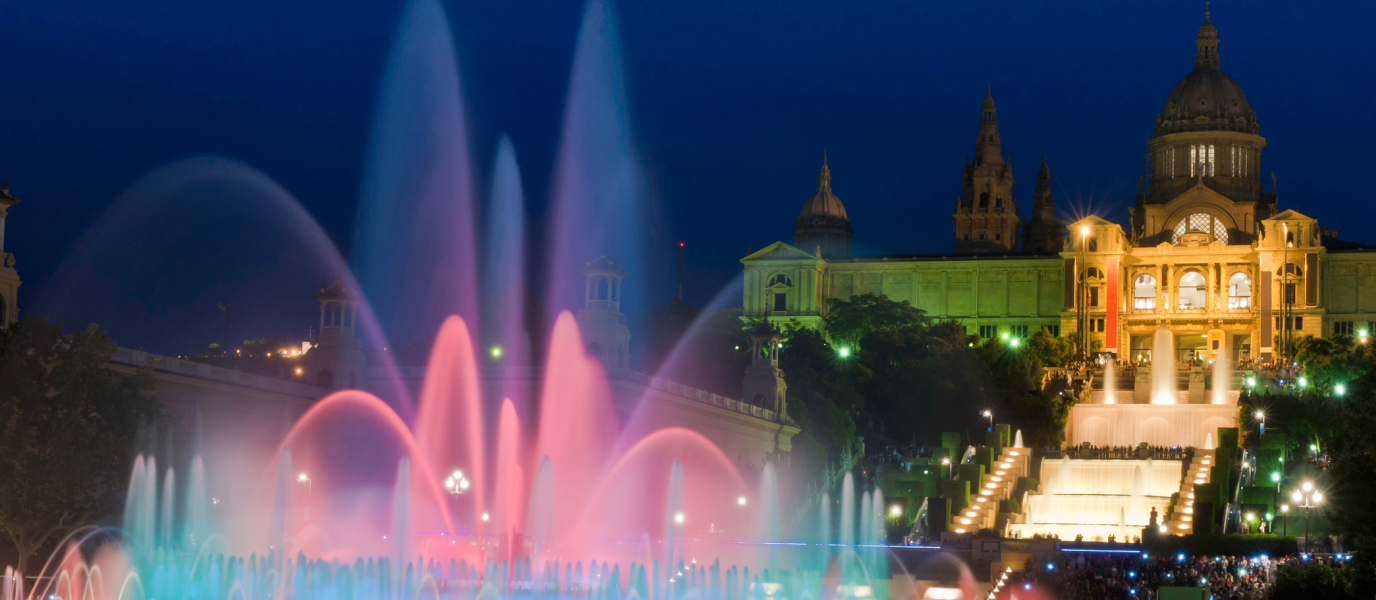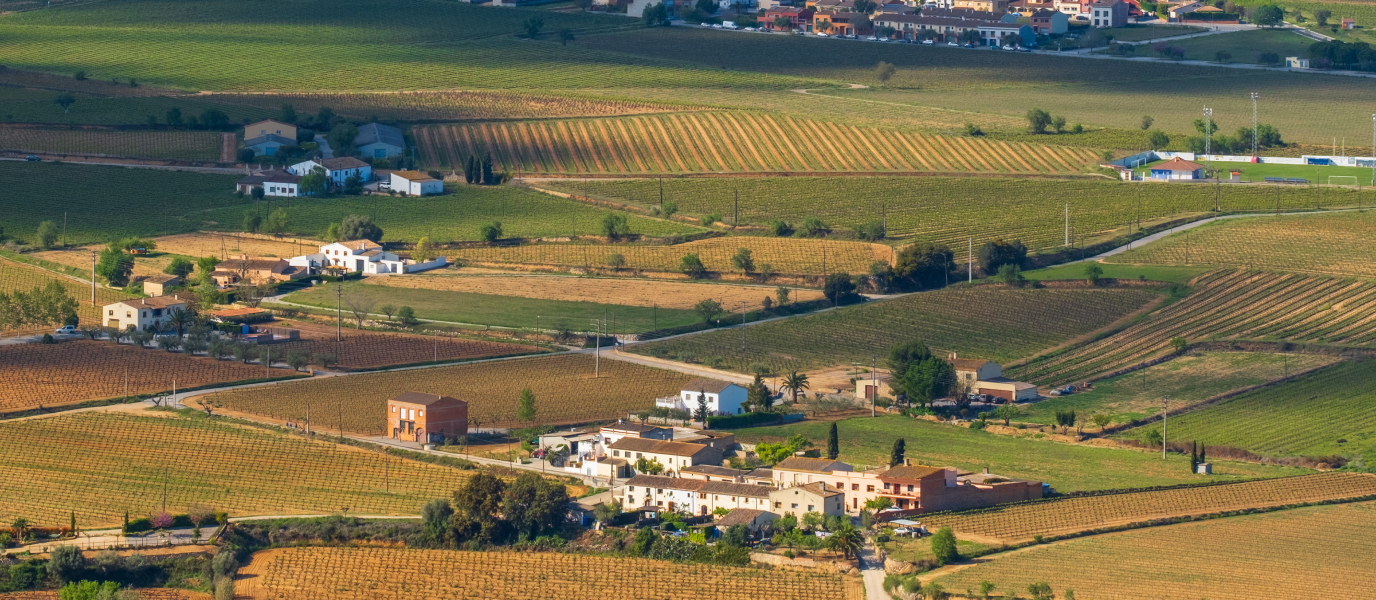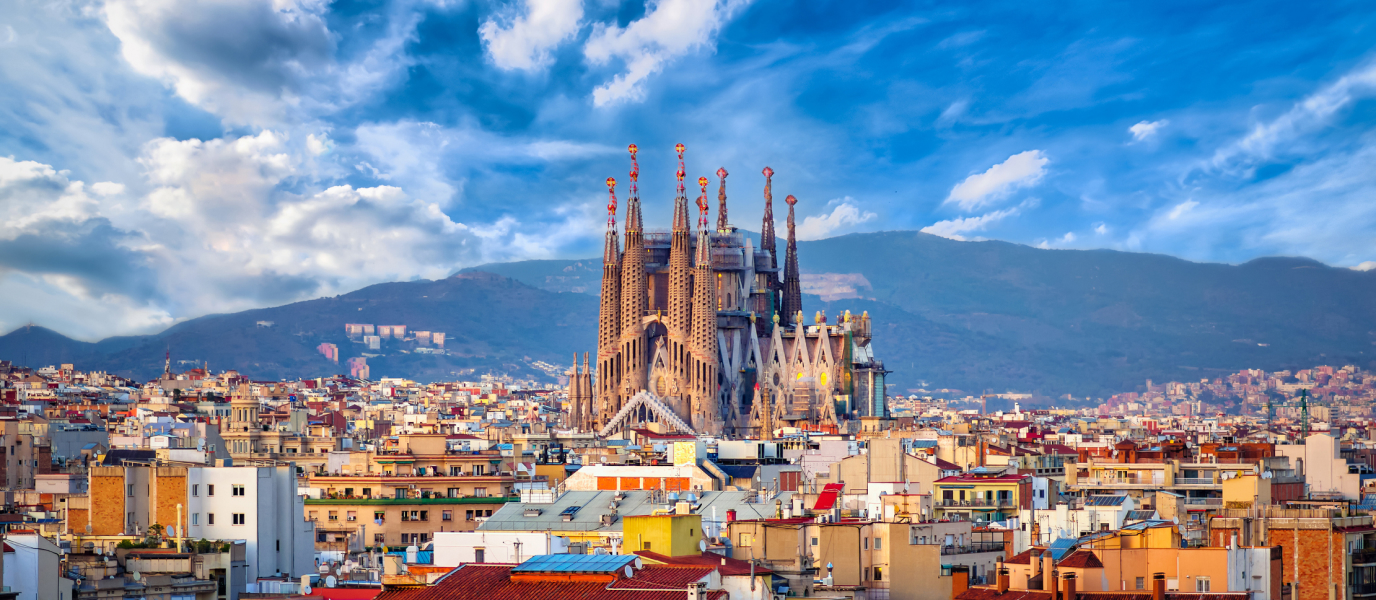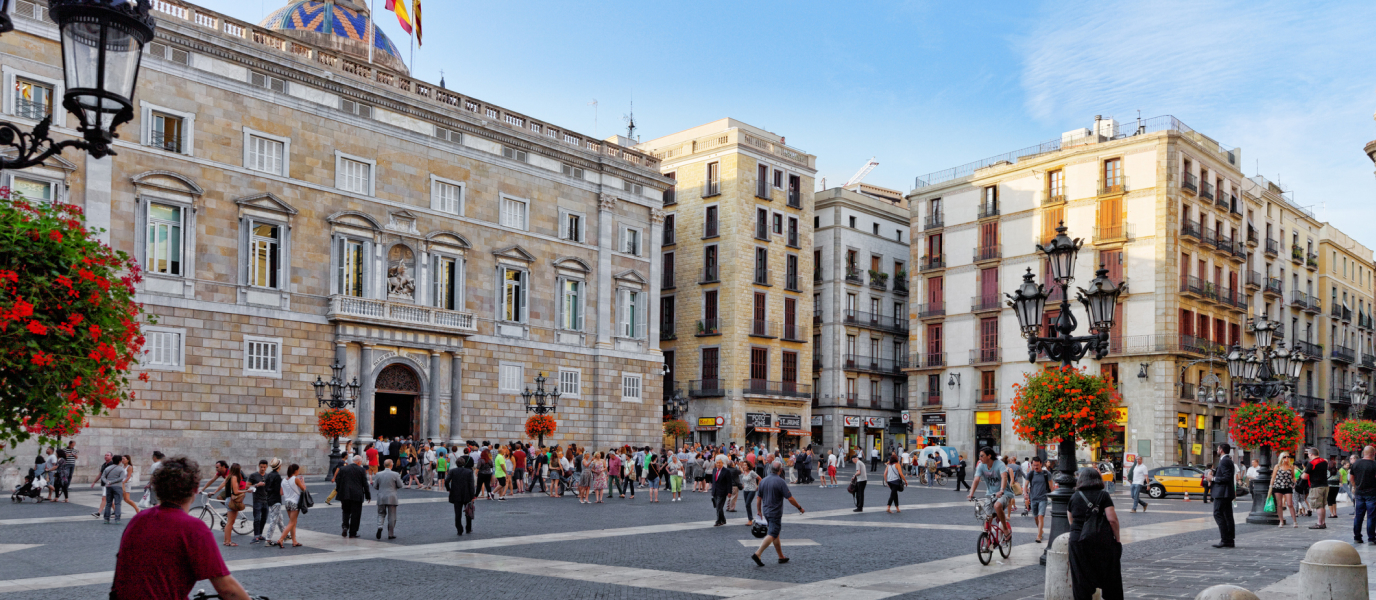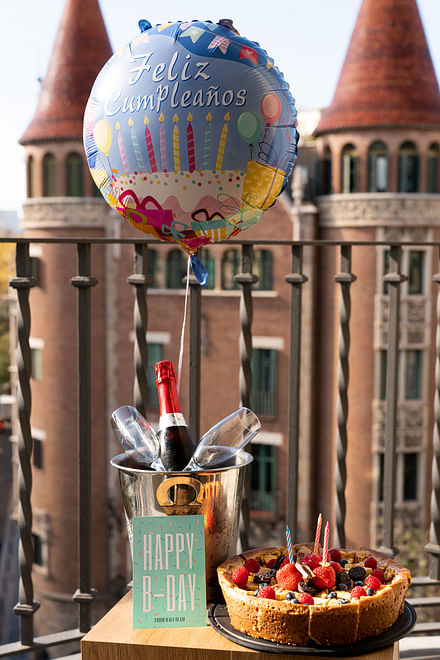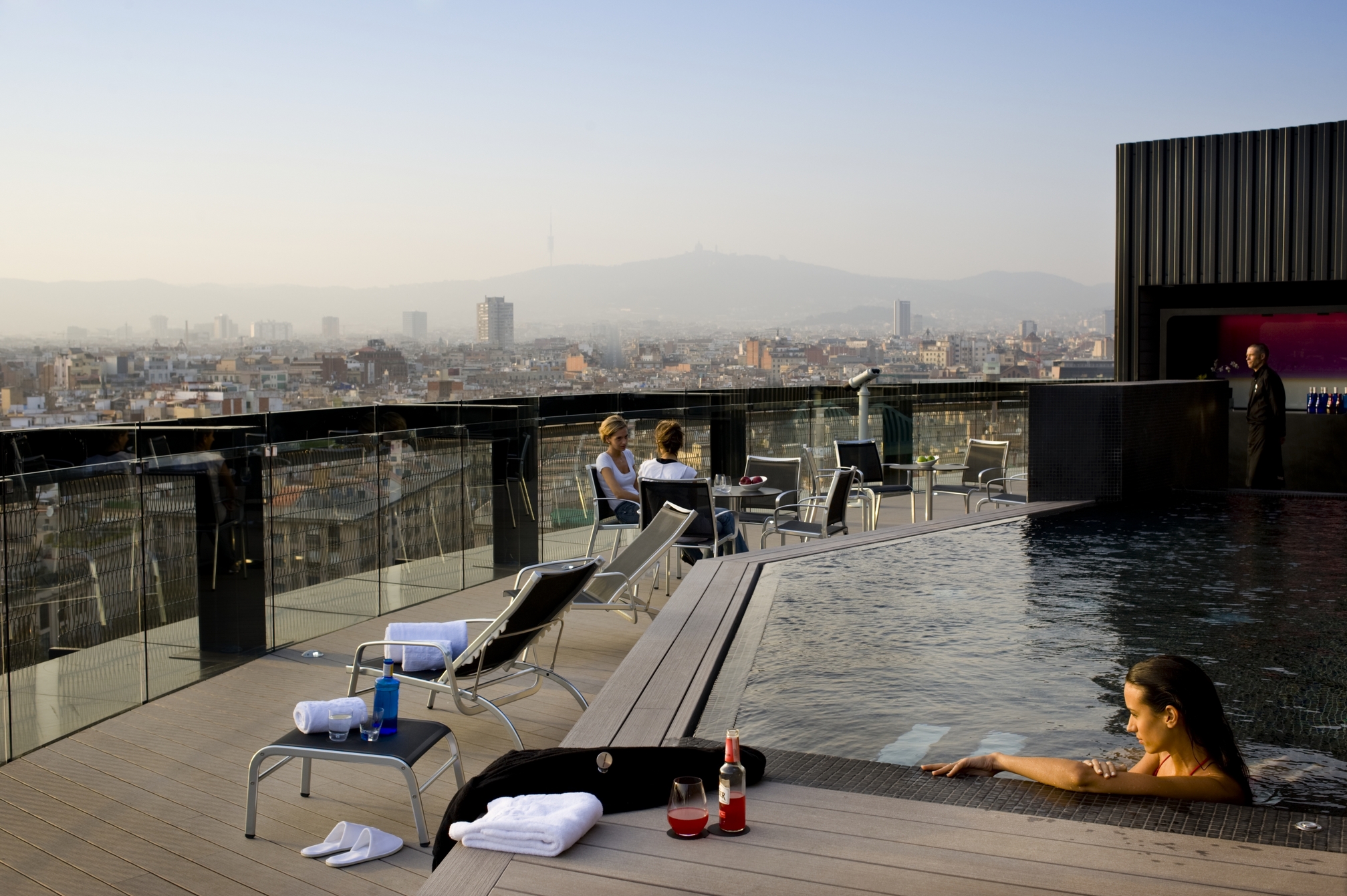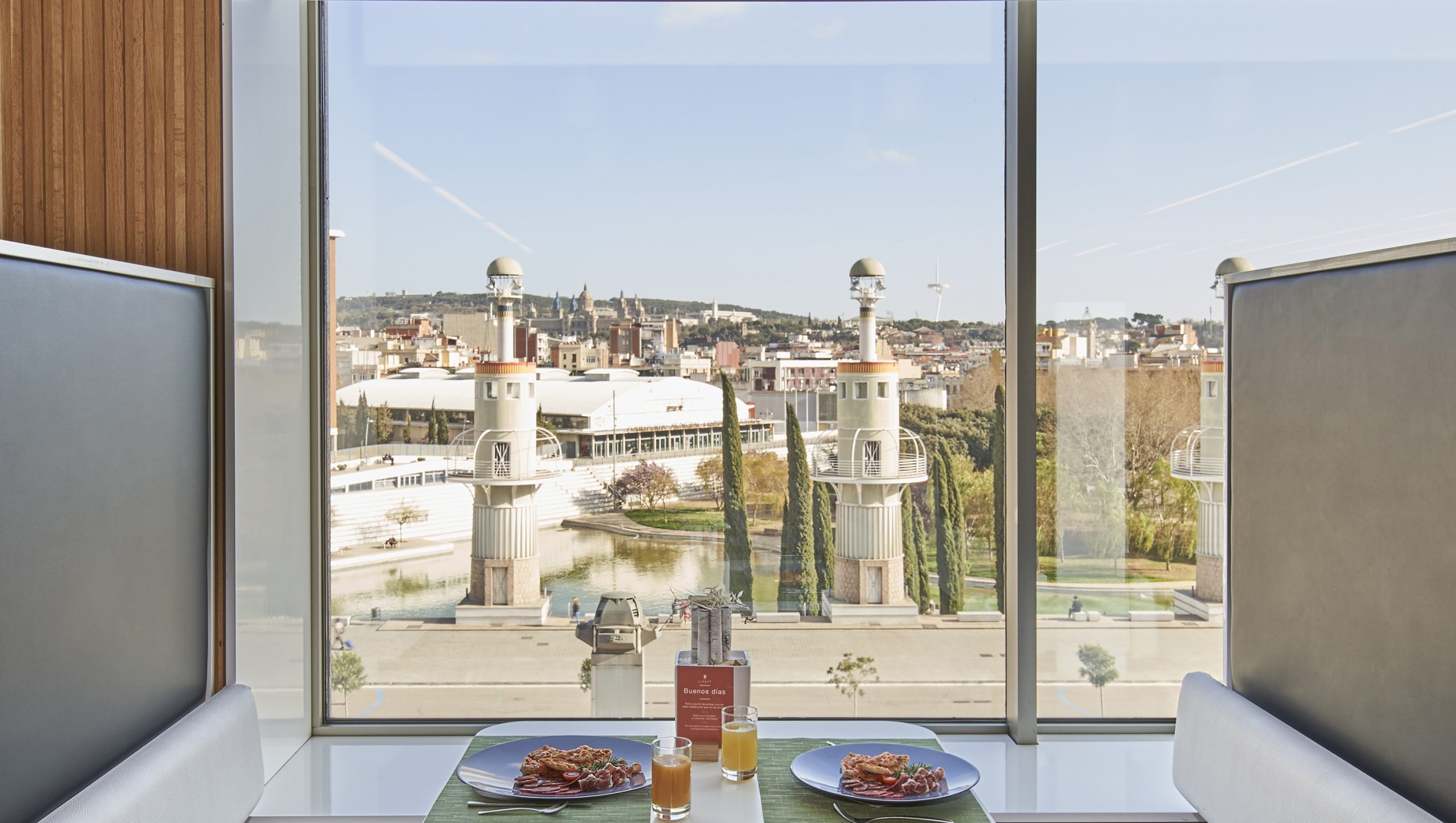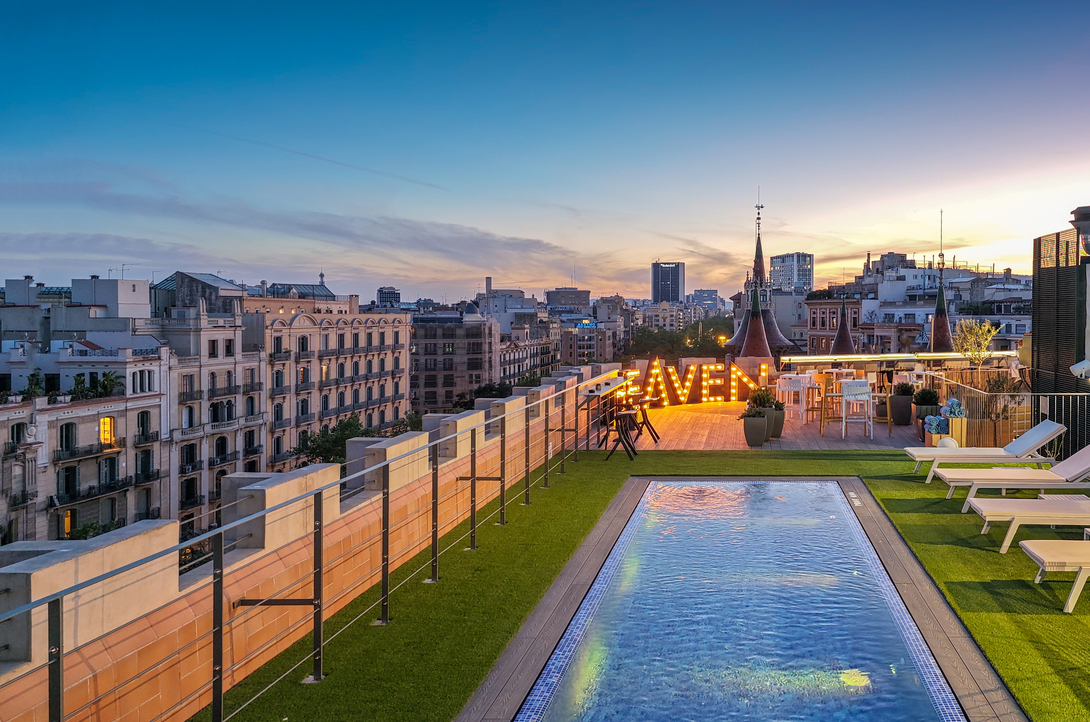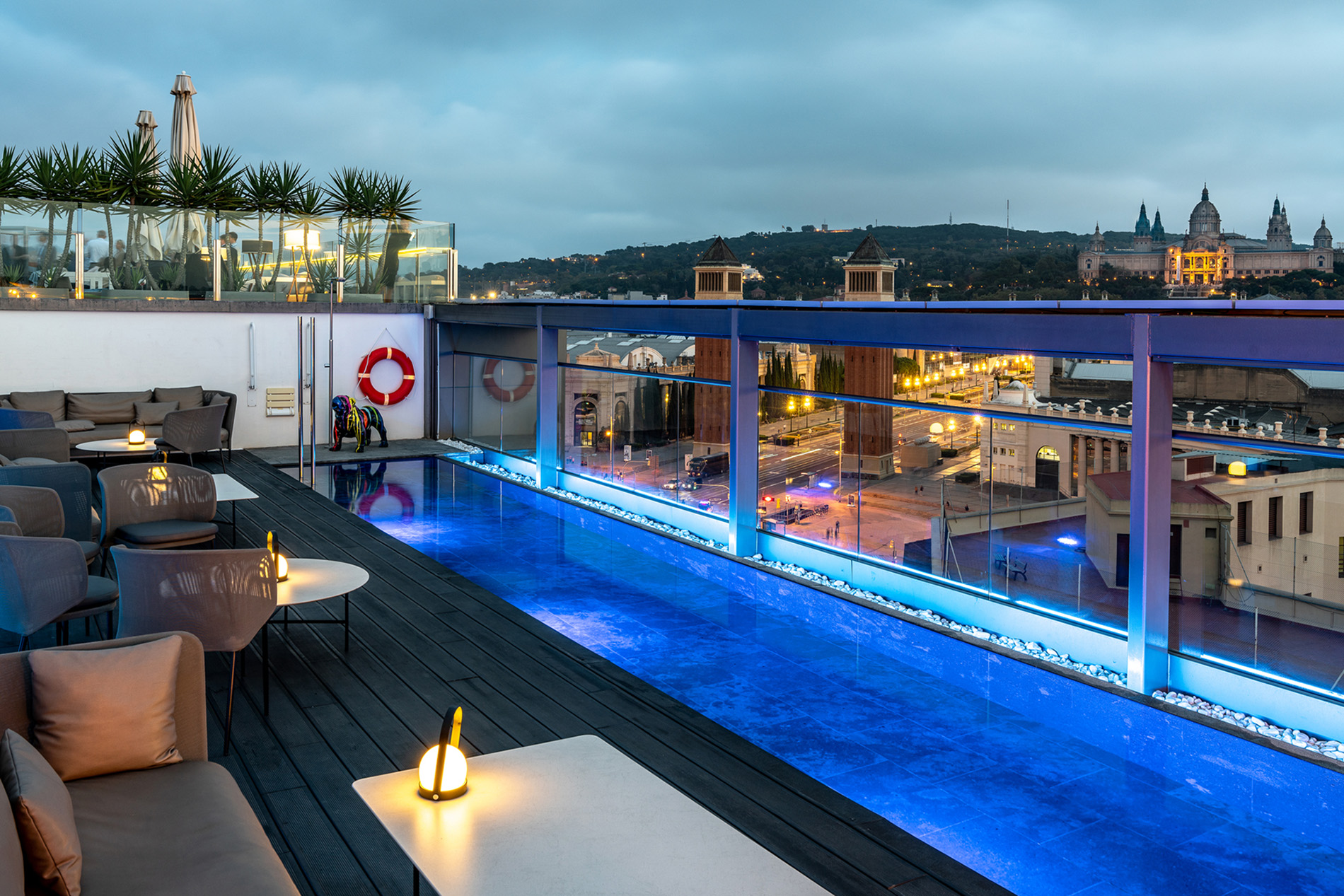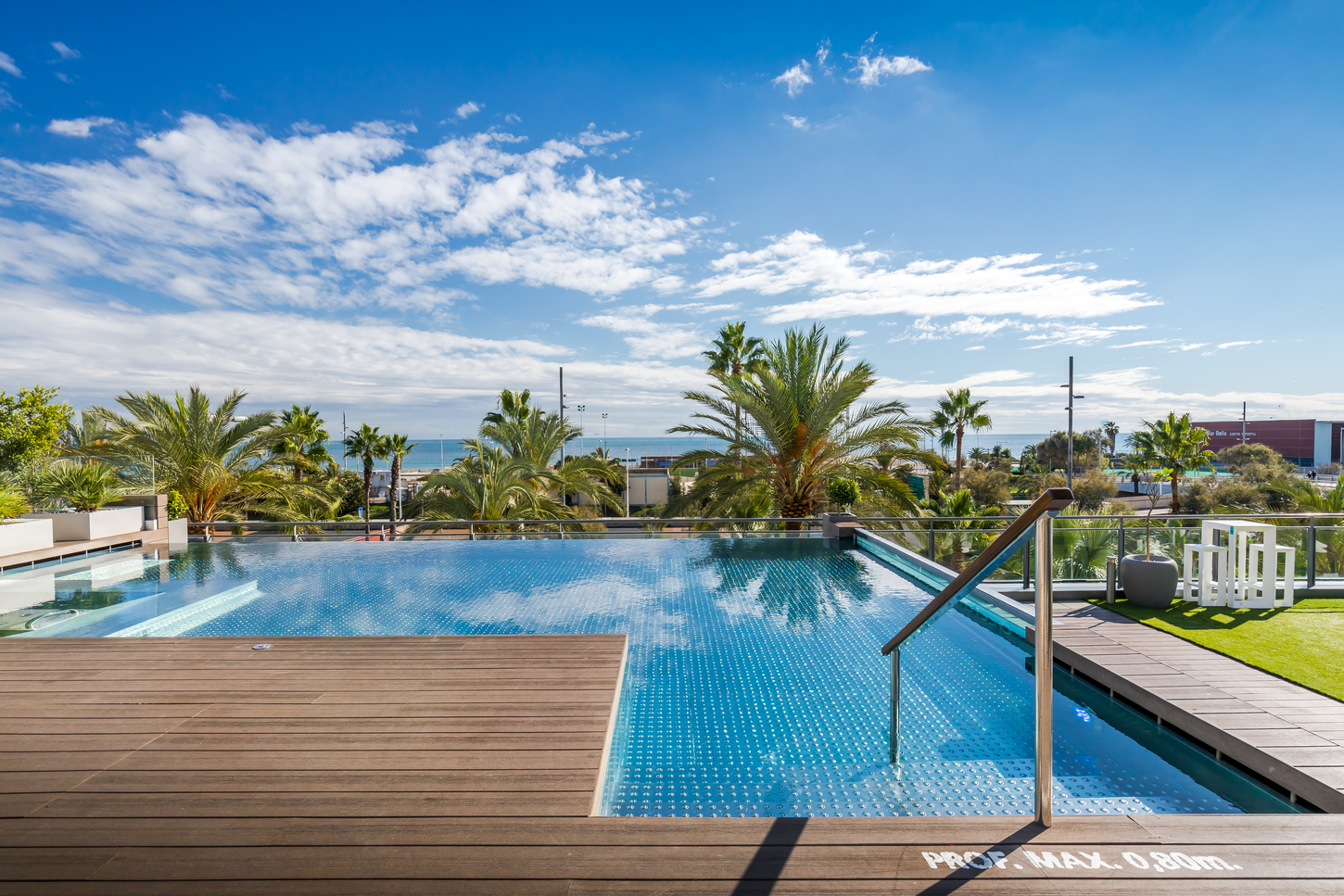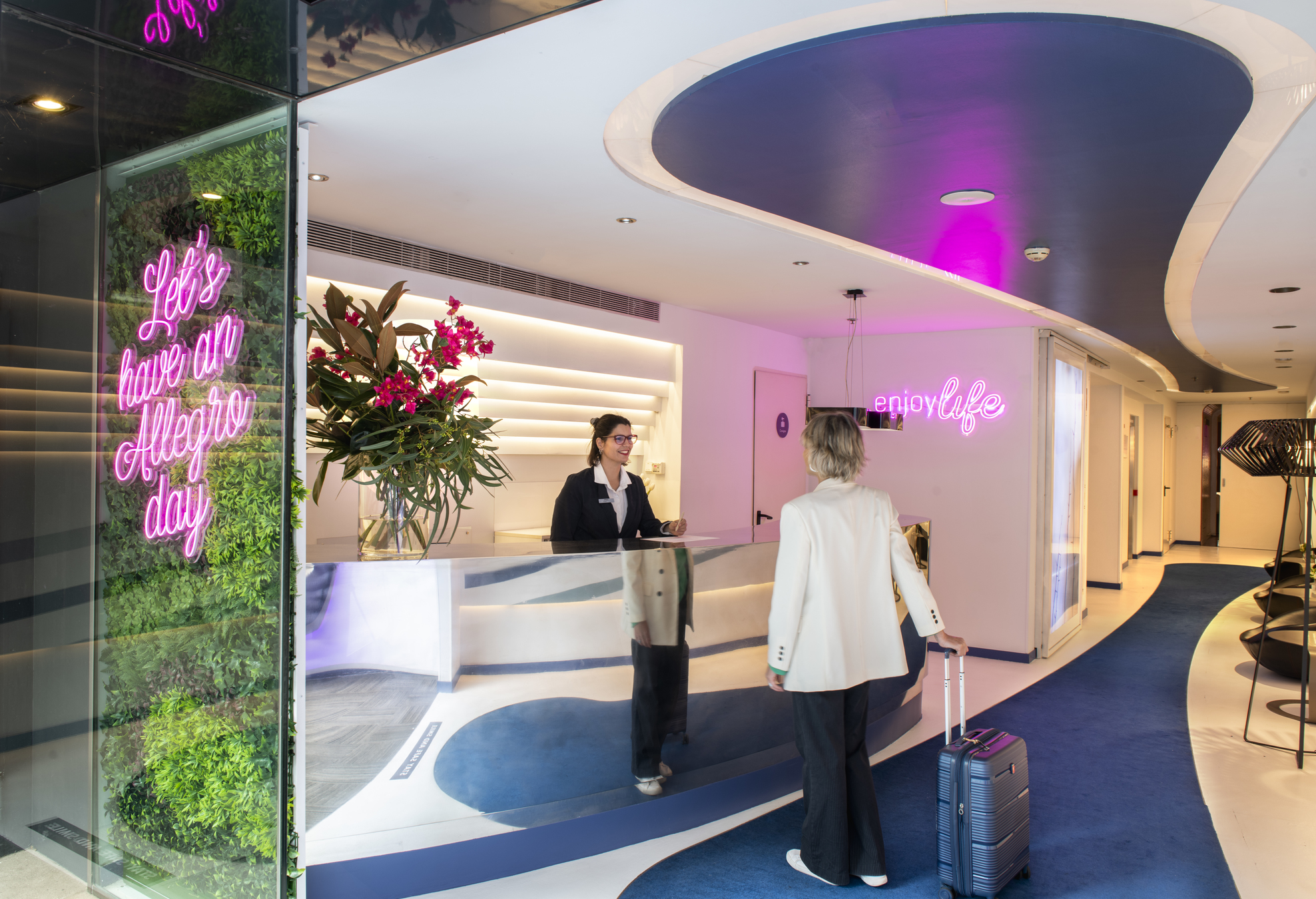The Magic Fountain of Montjuïc is considered one of Barcelona’s biggest tourist attractions. Located at the foot of Montjuïc hill, its origins date back to the 1929 Universal Exposition, which saw the Catalan capital undergo widespread urban development. The Magic Fountain and its water choreography is the main feature of a complex of various fountains and pools boasting an incredible interplay of water and light, which unfolds along Avinguda de la Reina Maria Cristina, between Plaça d’Espanya and the magnificent National Palace. Receiving over 2.5 million visitors every year, it’s no coincidence that the fountain has been an integral part of many of the city’s most important events: the 1992 Olympic Games, the music/firework displays of La Mercè festival and New Year’s Eve countdowns.
The shows take place every Thursday, Friday and Saturday all year round (with just a few exceptions), and are, without a doubt, one of the best attractions for adults and children alike. If it sounds right up your street, rest assured that you’ll witness a one-of-a-kind light, colour, water and music show.
Distinctive features of the Magic Fountain of Montjuïc
1929 was the year of Spain’s great expositions. Whilst Seville celebrated the Ibero-American Exposition in style, in Barcelona it was the turn of the aforementioned Universal Exposition: an urban and technological project designed to shine a light on a new and updated image of Catalan industry abroad. Amidst the barrage of new buildings and pavilions, the Magic Fountain of Montjuïc emerged as a way to make Barcelona’s exposition stand out from all those that had come before.
To the astonishment of local people the final result was a giant elliptical fountain spanning 65 metres in diameter at its widest part, equipped with a hydraulic motor capable of releasing a flow of 2,600 litres per second. A true work of engineering at the service of the most innovative spectacle, its current set up was finalised in the mid-eighties with the installation of a sound-system capable of synchronising music, light and water live. Today the Magic Fountain of Montjuïc is a symbol of the city, and its spectacular nature is underpinned by a firm commitment to the fight against climate change with the recent installation of LED technology and the sole use of phreatic water to fill its tanks.
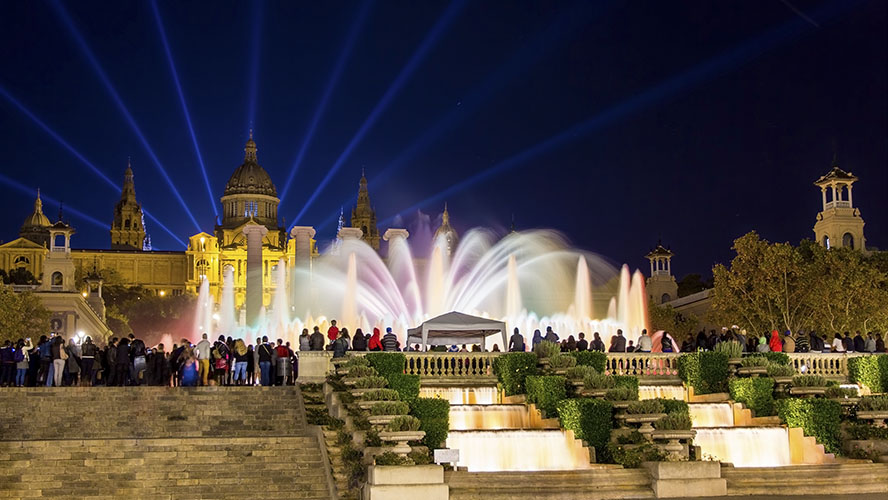
Interestingly, four robust Ionian-style columns once stood on the site of the fountain, symbolising the four stripes of the Catalan flag. In 1928 the dictator Primo de Rivera, concerned about the excessive regionalist impression that they might leave on visitors to the Exposition, ordered for them to be demolished. After the return to democracy in Spain, a large number of people called for them to be rebuilt, which finally came about in 2011 when they were reinstated right in front of the fountain.
Planning your visit to the Fountain of Montjuïc
The Magic Fountain of Montjuïc is the biggest in Barcelona and also the most popular, which is why you should be prepared for crowds if you want to approach it to watch the show.
Show times vary slightly according to the season, but always begin after dark on Thursdays, Fridays and Saturdays. Programming is highly-varied and the chosen music is what really defines the show. Disney melodies, classical music, film soundtracks and hits from the eighties and nineties are just some of the most common genres played at the fountain, which was also the backdrop for a performance by Freddie Mercury and Montserrat Caballé at the Barcelona Olympic Games.
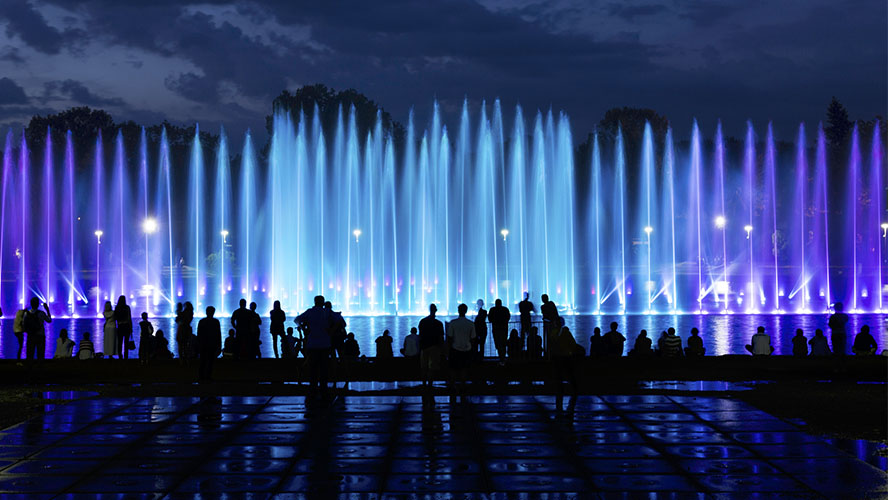
The music/firework display called Piromusical that takes place during Fiestas de La Mercè—Barcelona’s annual festival—stands out in its own right. It consists of a great tower of fireworks synchronised not only with the Magic Fountain but with all the other water fountains situated along Avinguda de la Reina Maria Cristina up to Plaça d’Espanya.
The beautiful location of the fountain is the final reason why it shouldn’t be missed. In addition to being a great vantage point from which you can view the city, its surroundings are also home to vestiges from the 1929 Universal Exposition. Built in different architectural styles according to the country that presided over them, the various palaces and gardens now house the Fira de Barcelona—one of the most important exhibition centres in Europe.




































































